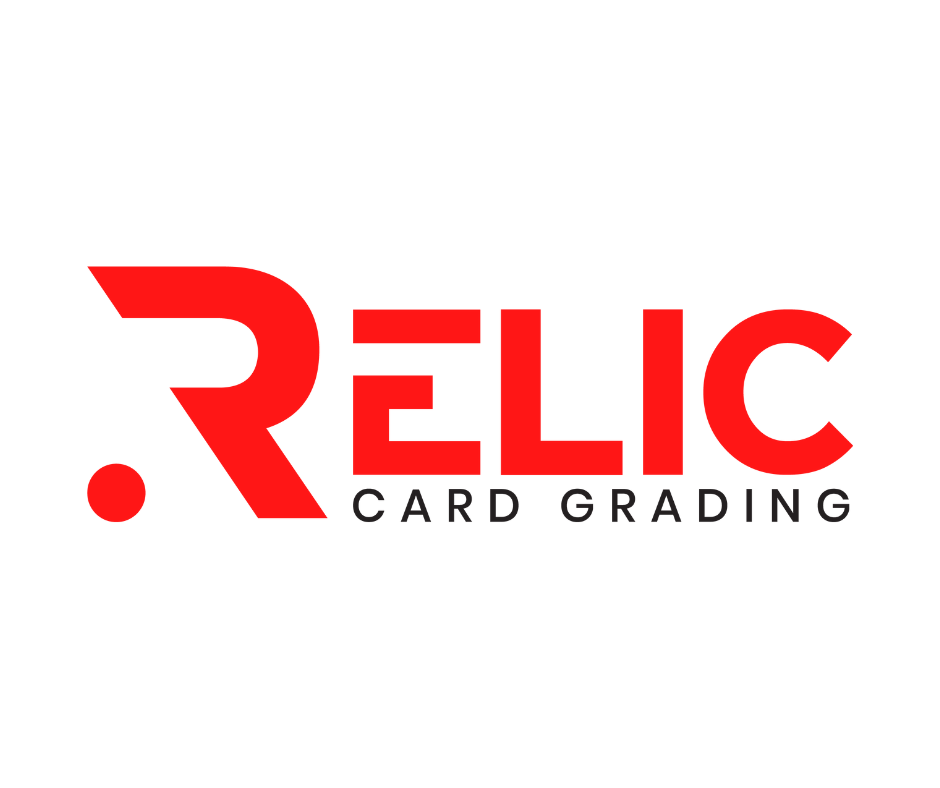One of the most common questions we receive at Relic Card Grading is “why should I get my cards graded?” So, that said, we thought would discuss some of the reasons why collectors, hobbyists, and investors choose to get their cards graded. However, in then end, it’s really up to the individual to determine whether or not getting their sports, TCG, or other types of collectible cards graded is right for them.
GRADED CARDS ARE SIMPLY WORTH MORE THAN RAW CARDS
Probably the most common reason card collectors choose to get their cards graded is “value.” Historically, graded cards are worth more than their raw counterparts, and, in some cases, significantly more. For example, we have seen Michael Jordan cards, from the 1986 Fleer set, that grade a 10, sell for more than 100 times its raw counterpart. Even a grade 7 would likely sell for more than 4 times what a raw card would (just an estimate of course). To put this in perspective, you are talking about potentially thousands, if not tens of thousands, of dollars more. Now, this is obviously an extreme example, because the 1986 Fleer card, which is considered by most hobbyists to be Michael Jordan’s rookie card, is still one of the most highly sought after cards around. However, in nearly every instance, graded cards bring more value compared to their raw counterparts. So, why is this? Well, there are a few factors to consider:
- The first factor to mention is card quality. Every card grading company has a standardized card grading scale (at least they should). When card grading companies evaluate cards for quality, they take a number of factors into consideration. These include, but are not limited to, surface quality, corner and edge integrity, centering, and other factors that may impact the overall aesthetic value and quality of the card. In short, when a card is graded, it has been professionally evaluated and potentially even compared to other cards on the market before given a final grade. In short, when it comes time to sell your prized possession, hobbyists and investors alike, want to know the quality of what they are getting, and they will typically pay more for that assurance.
- The next factor is authentication. Do you know if the card you are buying is real? Could it be an after-market knock-off? Well, getting your cards graded minimizes some of the risk. Card graders have examined thousands and thousands of cards and typically have authentic cards available for comparison. While there’s no guarantee here, there is a much higher chance your card is authentic if you purchase a graded card (with some caveats of course, but that’s an article for another day). In short, knowing a card is authentic is extremely important to collectors which also increases the value of graded cards.
COLLECTIBLE AESTHETICS & DISPLAY
Okay, so this may not be a readily apparent reason for why collectors get their cards graded, but, believe it or not, this is a big factor. Many collectors (myself included) really like to display their favorite collectible cards and displaying them in shoe boxes just isn’t right… While a case could be made for using magnetic cases to display your cards, there’s really nothing quite like an ultrasonically sealed slab with a cool label (at least in our opinion). Many card grading companies (including Relic Card Grading) have made a marked improvement in the overall look of graded card slabs and labels in recent years. After all, if you are going to pay to get your cards graded, you don’t want them coming back in flimsy slabs or with an ugly labels. In short, display and aesthetics play a role in why individuals choose to get their cards graded.
CARD PROTECTION
Hobbyists and collectors are always looking for new ways to protect their cards over time and getting your cards graded is a great way to accomplish this. There are varying degrees of protection to mention here. First, there’s the popular penny sleeve. Penny sleeves themselves are great for minimizing the risk of surface damage, but edge and corner damage can, and often does, still occur. On top of this, your cards are still, to some extent, exposed to the elements because the card is not sealed inside.
The next level of protection would be to take your card and penny sleeve and slide it into a top-loader. We agree, this will help protect your card(s), but have you ever seen a thin card placed in a top-loader that’s to big? have you ever seen what happens when you turn that top-loader upside down? Yeah, that card is hitting the ground before you know it. It’s common practice to ship raw cards in top-loaders but, as any veteran card collector will admit, you better tape the opening of the top-loader or there’s a good chance the card will slip out during shipping.
Probably the best commercially available option for card protection would be the magnetic card holder. Of course, we are assuming you select the right size and don’t accidentally drop it on the floor. The other disadvantage of most magnetic card holders is the thickness and/or transparency of the plastic, while this has nothing to do with card protection, it still ties into the aesthetic value section above.
Most card graders ensure there is minimal card movement inside their slabs and, being most slabs are ultrasonically sealed, the exposure to the external environment is greatly minimized. So, there are a lot of ways to protect your cards but, in our opinion, properly fit graded card slabs is the way to go.
PERSONAL PREFERENCNE
In reality, a big reason why collectors decide to get their cards graded, or not, boils down to personal preference and the goals they have as a collector. In the end it’s up to you to determine whether or not card grading is right for you, but, we thought we would attempt to answer the question “why should I get my cards graded?” Hopefully we provided a bit of food for thought. – Happy collecting














![Tabbed Sleeves for Top Loaders and Card Savers [200 Count]](https://m.media-amazon.com/images/I/71X9lGt7hCL._SS520_.jpg)








